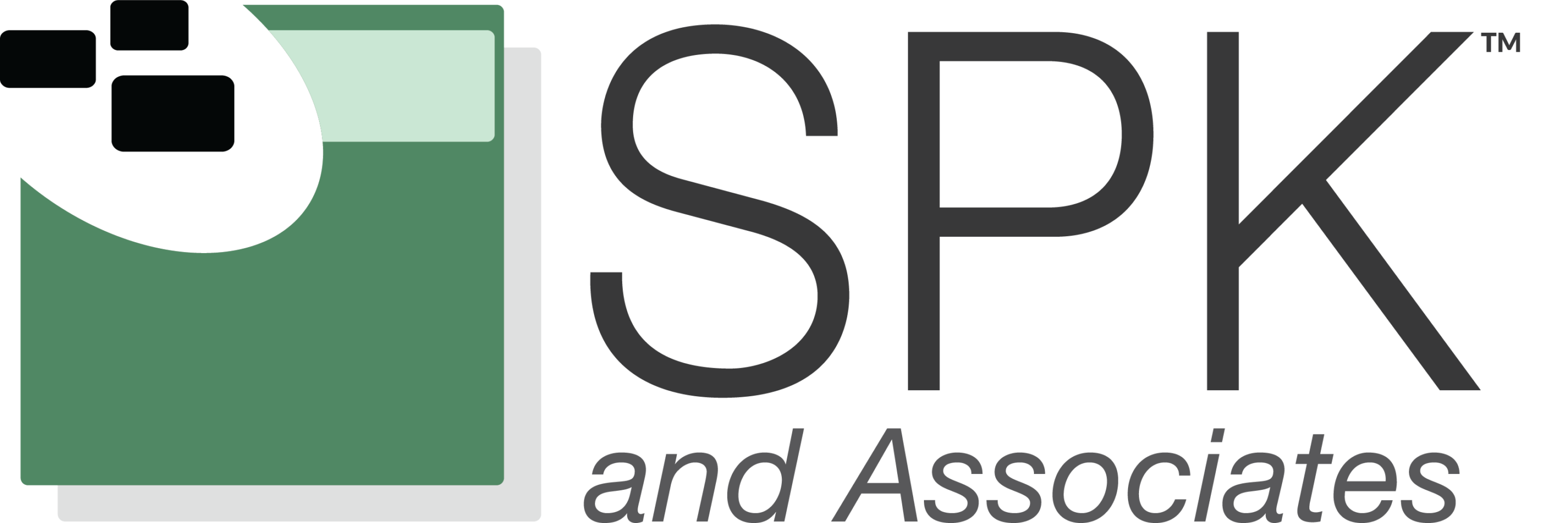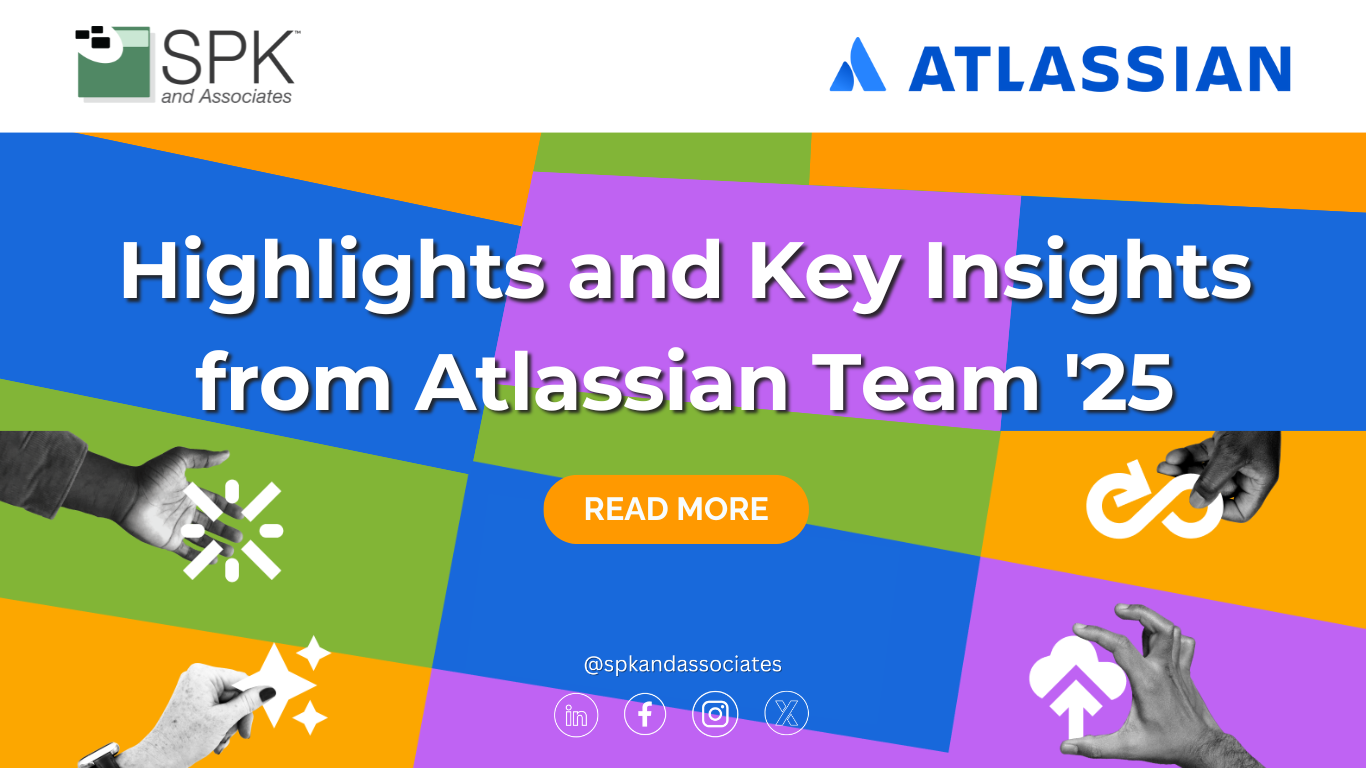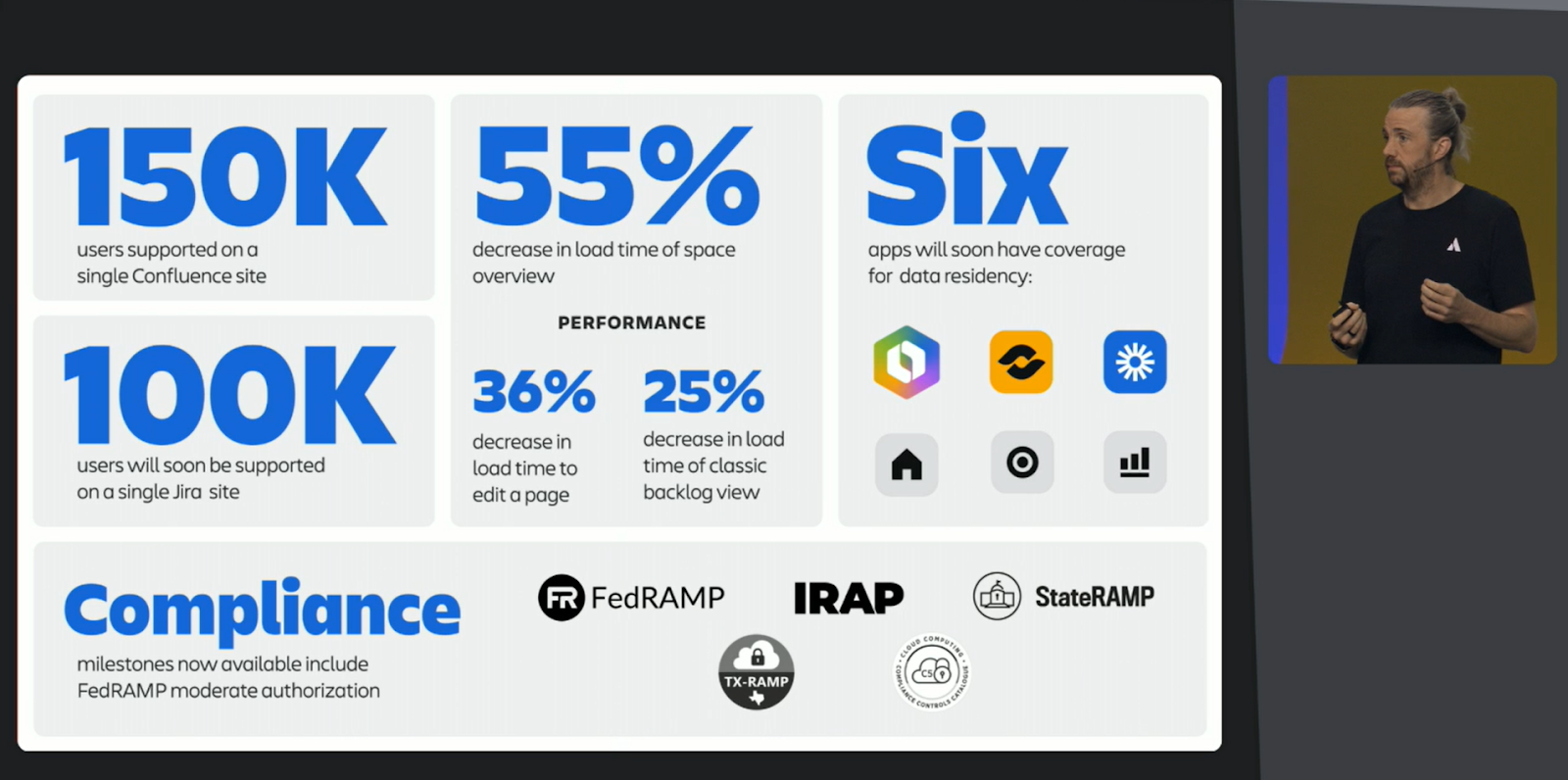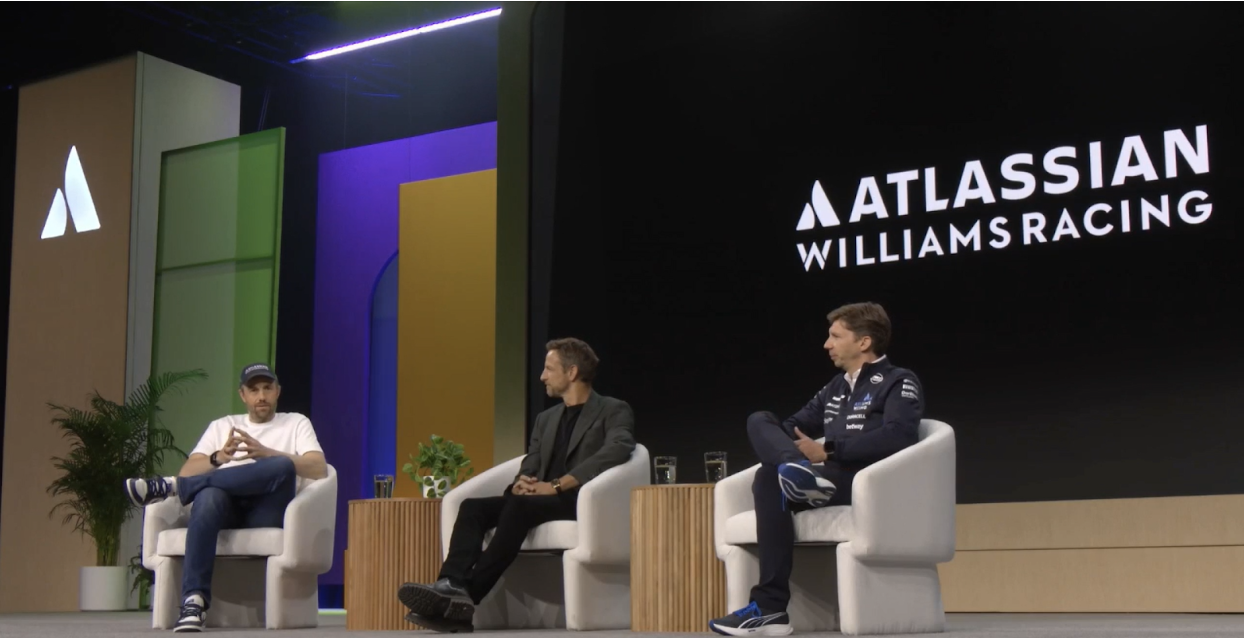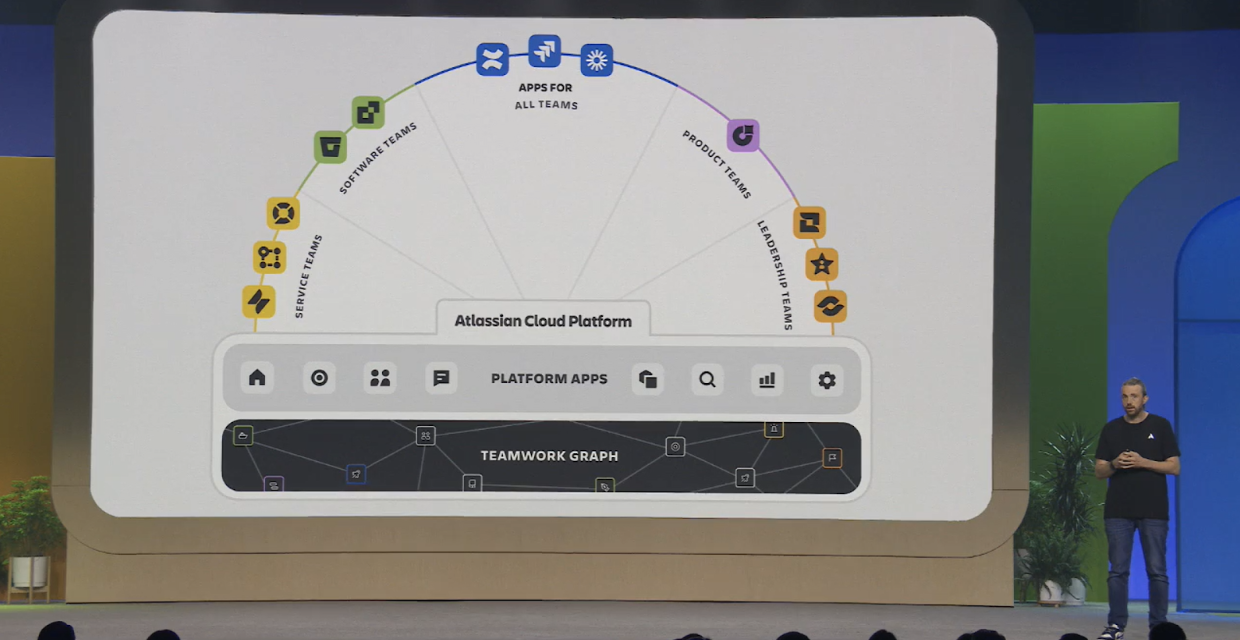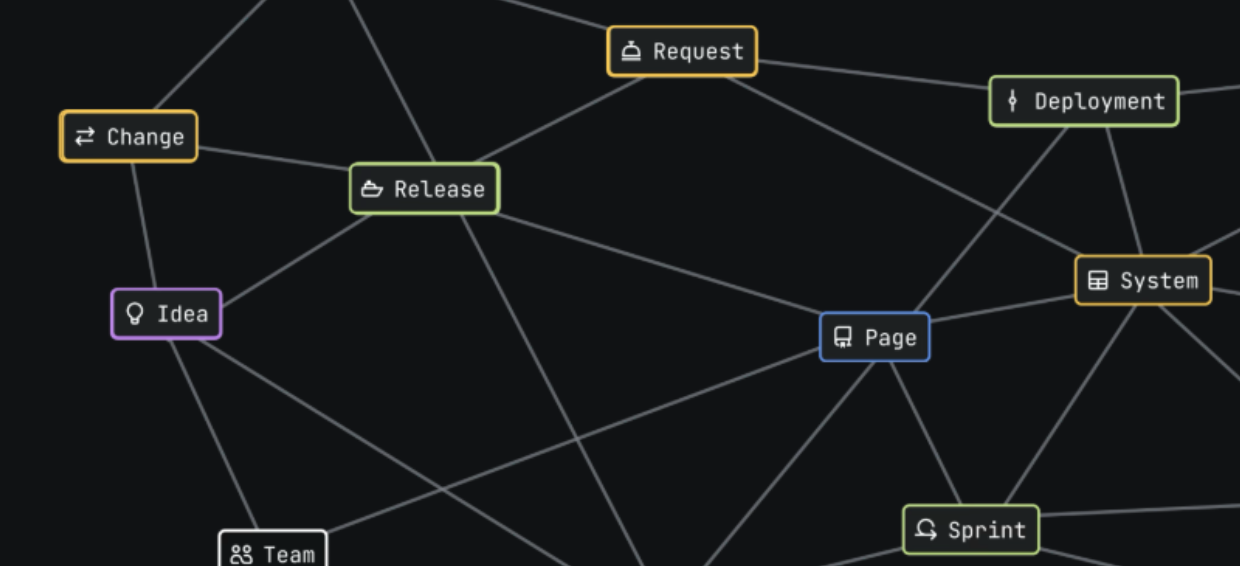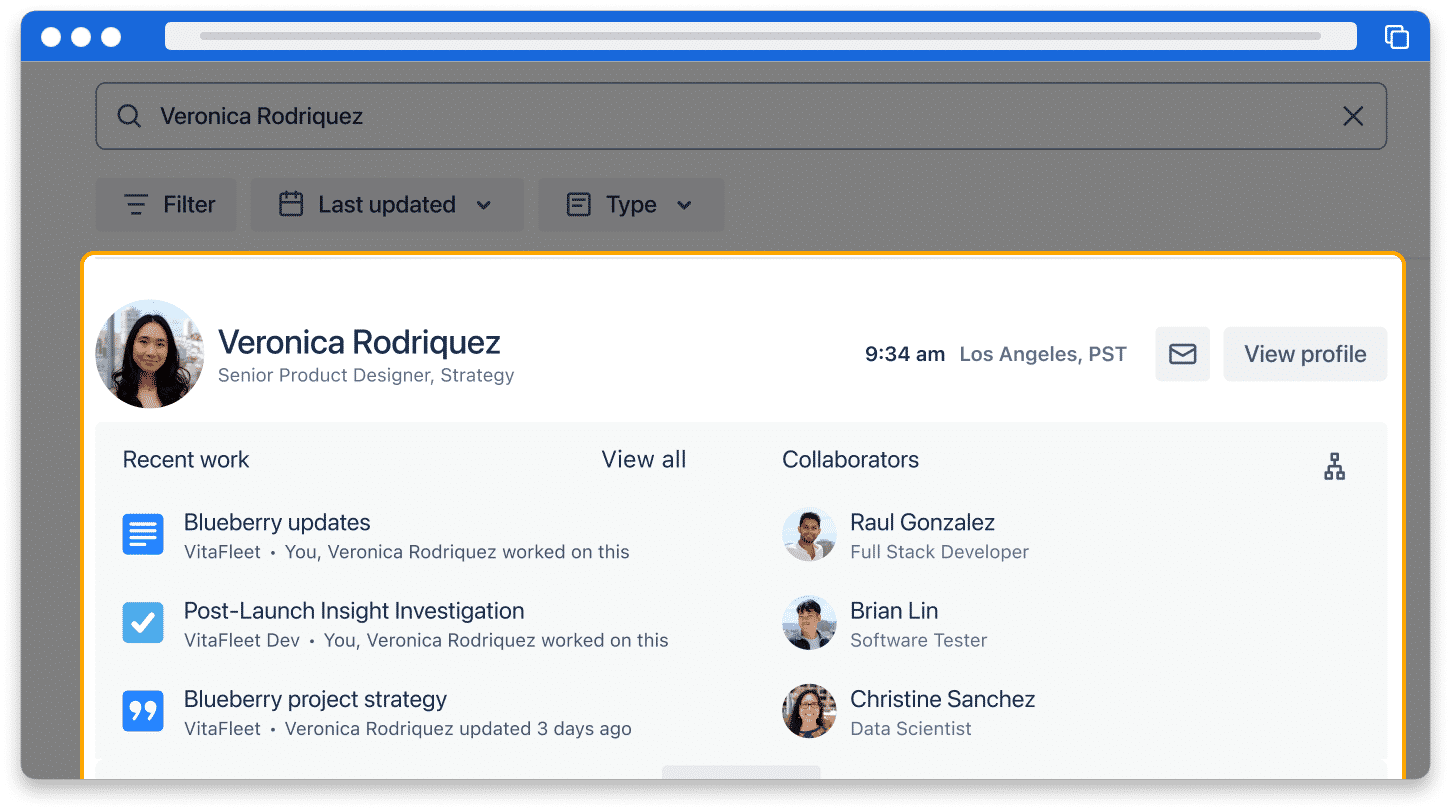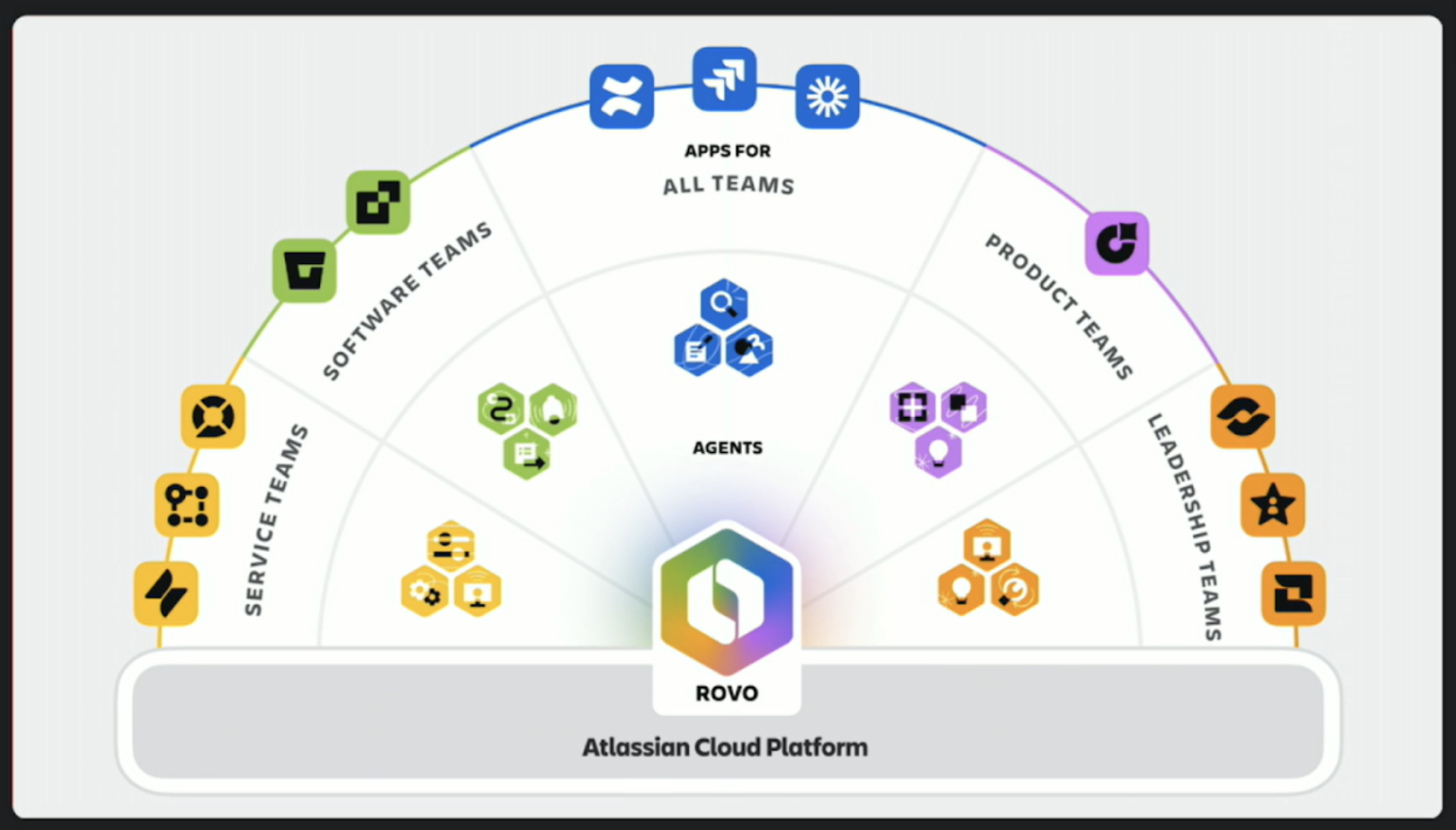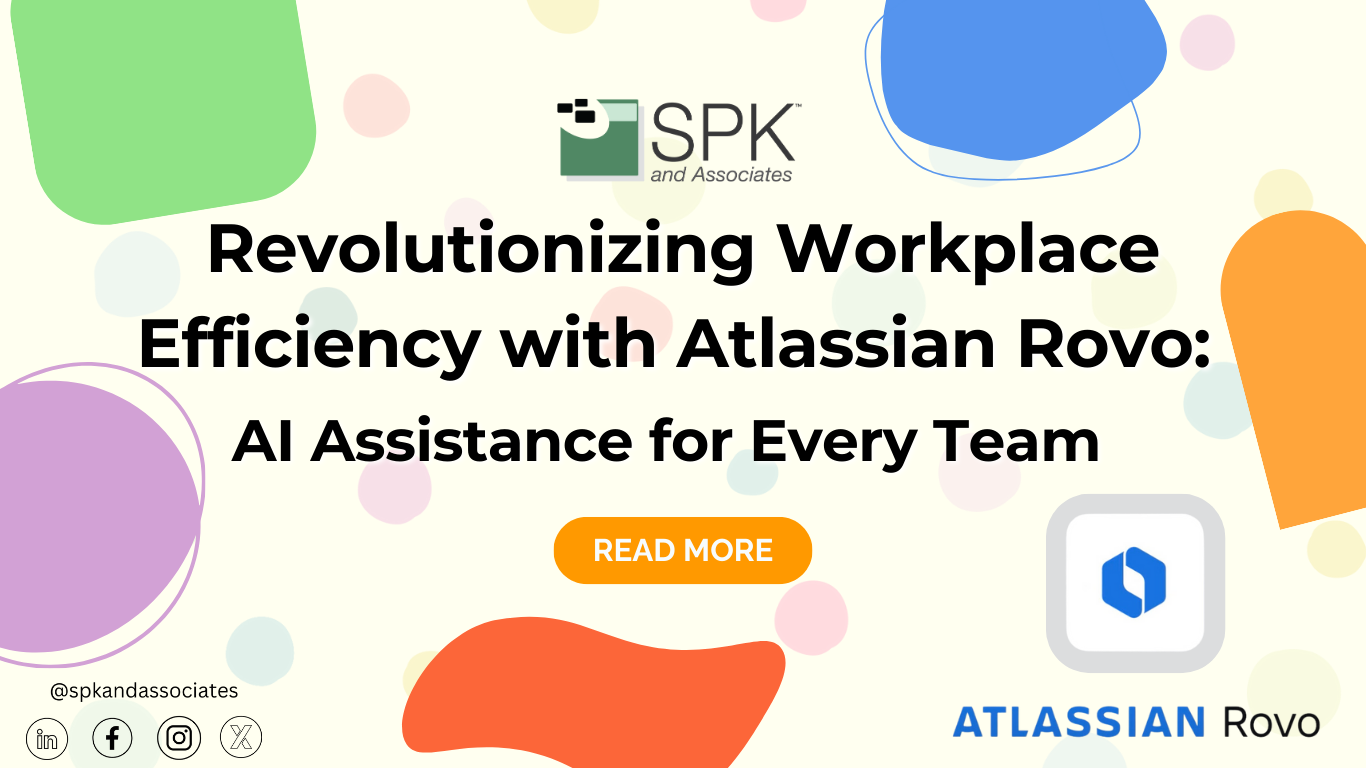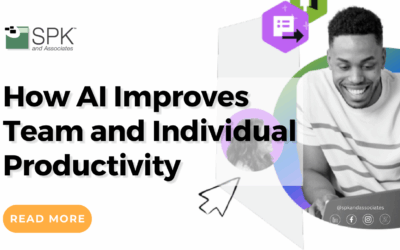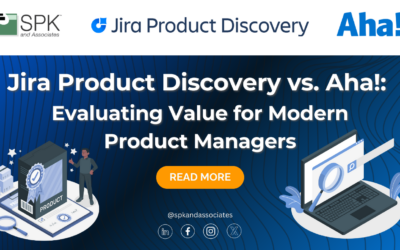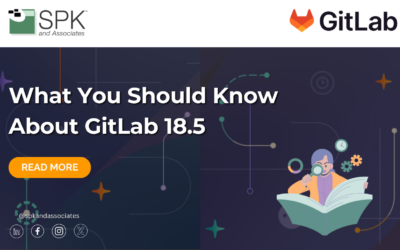Atlassian Team ’25, the premier event for Atlassian enthusiasts, partners, and users, showcases the latest innovations and strategies designed to enhance collaboration and efficiency across teams globally. This year’s event, held in Anaheim, CA, brought together industry leaders, software developers, and project managers. These individuals explored new products, participated in workshops, and heard from influential speakers. Here’s a breakdown of the significant themes and announcements from the event.
Unleash the Potential of Every Team
At the core of Atlassian’s mission is empowering teams to achieve their fullest potential. Their goal is to “unleash the potential of every team.” They have had success in this, being named #1 on this year’s Fortune Future 50 list. This year’s conference emphasized tools and methodologies aimed at enhancing teamwork and productivity. Through advanced project tracking, smarter resource allocation, and enhanced communication tools, Atlassian continues to break down barriers to efficiency. The focus was on creating a more seamless and integrated experience across various Atlassian products, making it easier for teams to collaborate and deliver results faster and more effectively.
“The Atlassian System of Work is resonating with enterprises all over the globe, as business leaders increasingly turn to the Atlassian platform to help teams across their organization collaborate on the opportunities and challenges they face,” said Cannon-Brookes, in line with his company’s earnings statement earlier this year. “By infusing AI throughout our world-class cloud platform, we’re empowering all teams to accelerate collaboration and unlock organizational knowledge, further enabling them to unleash their full potential.”
Keynote Highlights
The founder’s keynote, by Mike Cannon-Brookes, highlighted the success Atlassian has had with its over 300k customers. The Atlassian CEO also gave examples of great business outcomes for key clients. Atlassian Cloud helped Air France KLM Airlines save over 2500 hours. Rivian saw a 36% savings by moving to the Atlassian Cloud. And the State of California’s Department of Health Care Services was able to deliver 3x faster using Atlassian’s Cloud solutions.
Some other highlights from Cannon-Brookes’ session include the ability to support 150k users on a single Confluence site and the ability for 100k users on Jira very soon. Additionally, Atlassian made several accessibility and performance improvements to their Cloud solution. They have improved Confluence space load performance by 55%, updated Typography and iconography, and improved over 6000 accessibility related features. Their cloud products also got an updated app switcher. Furthermore, a universal “Create” button gives users the same experience on all apps like Jira, Confluence, JSM, and more.
Cannon-Brookes also shared that Atlassian has been busy addressing compliance needs related to FedRAMP, data residency, and others. More information related to the FedRAMP announcement will be included below.
Go Fast with Atlassian – Atlassian Williams Racing
One of the most exhilarating themes at Team ’25 was the collaboration between Atlassian and Williams Racing. This partnership highlights the pivotal role of agile methodologies and cutting-edge technology in Formula 1 racing. Formula 1, the fastest-growing sport in the world, is defined by high-stakes teamwork and innovation. Success is measured in just milliseconds. In a day 1 main stage interview, Mike Cannon-Brookes interviewed Atlassian Williams Racing Team Principal, James Vowles (JV), and 2009 F1 World Champion and Atlassian Williams Racing Ambassador, Jenson Button. They discussed the complex layers of teamwork required on and off the racetrack. This included the technology and human elements involved in achieving success. It was a treat for Atlassian, the Official Technology partner of the legendary Williams Racing team, to bring this exclusive, behind-the-scenes talk to Team ’25 attendees.
Ironically enough, JV said he installed his first Jira instance in 2004, to which Mike Cannon-Brookes said he “tried to call bullsh*t”, but it was true. By leveraging Atlassian tools, Williams Racing aims to enhance its team coordination and streamline operations, both on and off the track. This collaboration not only demonstrates Atlassian’s capabilities in high-stakes environments but also provides valuable insights into how similar strategies can be applied in various business sectors to drive success.
JV spoke about how they improved their 17 second pit stops to only 7 seconds by working together. “The only way you win and move forward, all of you have to be communicating the same way.” The session closed with a great question posed by Cannon-Brookes to JV regarding why he wanted Atlassian to be their sponsor. The reason, JV said, was that he realized the power of Atlassian’s products, and there are only a few things in the world that can get “1000 people working together.”
Atlassian System of Work Updates
The “System of Work” updates introduced significant enhancements to the Atlassian suite. It is designed to optimize how organizations manage projects and track progress. New features and improvements in Jira, Confluence, and Loom were showcased. These updates focused on increasing transparency, agility, and connectivity among teams. They facilitate a more intuitive and connected workflow, enabling teams to adapt rapidly to changes and maintain high productivity levels without sacrificing quality or performance.
Teamwork Graph
The Atlassian Teamwork Graph is rapidly expanding. It is evolving alongside Atlassian’s growing capacities and the increasing number of users and interactions across various tools. Just like electricity flows seamlessly throughout a building, the Teamwork Graph is constantly active. It powers the interconnectedness of teams, projects, meetings, and more within Atlassian’s ecosystem. As more individuals work with Atlassian tools, and increasingly with other external tools like Figma and Slack, each interaction generates valuable data points. This data fuels the Teamwork Graph’s ability to connect objects and their relationships. Every new Loom video, Figma diagram in a Jira description, or Slack message sent to a colleague becomes an entry in the graph.
This doesn’t just contribute to its evolution, but it makes it smarter every day. With over 10 billion objects already in the database, the graph is becoming denser and more effectively curated, providing a richer, more insightful experience. In his presentation on the Teamwork Graph, Cannon-Brookes mentioned that Smartlinks are automatically pulled into the Teamwork graph as well. This new information linked across your apps shows up in the search results right away. Searches only see things you have access to.
By understanding how all these objects are related, the Teamwork Graph enhances the overall functionality of Atlassian apps. It aids in search optimization, improves recommendations in Rovo, and contributes to an ever-better user experience across all apps. The beauty of the Teamwork Graph lies in its ability to continuously learn from user interactions, providing deeper insights and more accurate results as it grows. Whether it’s helping a user find the right Jira issue or suggesting relevant Confluence pages, the graph’s power is seamlessly embedded within every aspect of the Atlassian platform. It is an indispensable resource for increasing productivity and collaboration across teams.
Free Rovo for All!
One of the biggest announcements at Team ‘25 was that Rovo, Atlassian’s AI assistant for every team, will be free to all Jira, Confluence and JSM users. This generated considerable buzz at the announcement. This initiative is Atlassian’s step towards offering more flexible and accessible solutions for teams of all sizes.
For those not familiar, Rovo is Atlassian’s customer-facing AI tool. Rovo includes apps: Search, Chat, and Studio. Cannon-Brookes made it clear that while there is a connector for Jira and Confluence Data Center Rovo Search (although no release date was given). However, Rovo will be mainly developed for its Cloud offering. This means those looking to use the power of Rovo will be pushed to Atlassian’s SaaS offering. Rovo offers the powerful capabilities of a search result knowledge card that includes documents outside of the Atlassian ecosystem, such as Google Docs. It is now free for Jira, Confluence, and JSM users and only $5/month for any non-Atlassian users to use. This capability will first be deployed to Atlassian Cloud Enterprise and Premium customers first, then will be delivered to the Standard tier.
The integration of all Atlassian Cloud apps, with Rovo at the center assisting teams to unleash their potential.
Teamwork Foundations Collection
Atlassian also announced a new offering at Team ‘25 called the “Teamwork Foundations.” This comprehensive suite of tools is designed to improve the way organizations work by enhancing collaboration across all teams. It is built on Atlassian’s cloud platform and powered by AI, aiming to dismantle silos and foster a unified work environment. It allows teams to focus on what matters most, accelerating their path to value with smarter planning and execution capabilities. Teamwork Foundations aligns all team efforts with organizational goals, facilitating seamless collaboration and effective tracking of progress. This solution will incorporate Jira, Confluence, Loom, and Rovo Teamwork Agents and start at $15/user/month.
Teamwork Foundations is particularly suited for enterprise environments where managing multiple tools and systems can become cumbersome and counterproductive. By consolidating tooling and collaboration under a single umbrella, Atlassian reduces the overhead associated with managing numerous solutions and significantly cuts costs. This integration empowers CIOs and IT executives to drive change across their organizations. It enhances both the employee experience and the company’s bottom line. With Teamwork Foundations, enterprises can expect a more productive, profitable, and enjoyable work experience. It is a great example of Atlassian’s philosophy of aligning technology with business strategy in action.
The Future of Atlassian (Government) Cloud and more
Cannon-Brookes announced that Atlassian Cloud will have 3 options in the future. Their existing Atlassian Cloud will be more properly named the “Atlassian Commercial Cloud”. Atlassian will add to their arsenal of SaaS solutions for Government users by creating the “Atlassian Government Cloud” which is for US government customers and their partners that need FedRAMP moderate environments. That solution was announced just prior to Team ‘25 and is in an early access program deployment now. Atlassian expects this to go generally available later in the year. The third solution that Atlassian will have for cloud is what they are calling “Atlassian Isolated Cloud”. This solution is Atlassian’s SaaS solution that has isolated compute, storage and networking infrastructure. This aligns to several compliance needs for some industries that require cloud solutions not to be multi-tenant. Cannon-Brookes mentioned that the “Atlassian Isolated Cloud” solution will be available in 2026.
Conclusion
Atlassian Team ’25 not only showcased the technological strides being made by Atlassian but also reinforced the company’s commitment to revolutionizing how teams work together. Each session and announcement was a testament to Atlassian’s dedication to innovation and support for their user community. It ensures that teams have what they need to succeed in an increasingly complex and fast-paced world. As we look forward to the future, it’s clear that Atlassian remains at the forefront of creating environments where teams will work, and we’re a proud Atlassian Solution Partner. If you’re new to Atlassian, or are looking to work with a certified Solution Partner, contact our team today.

